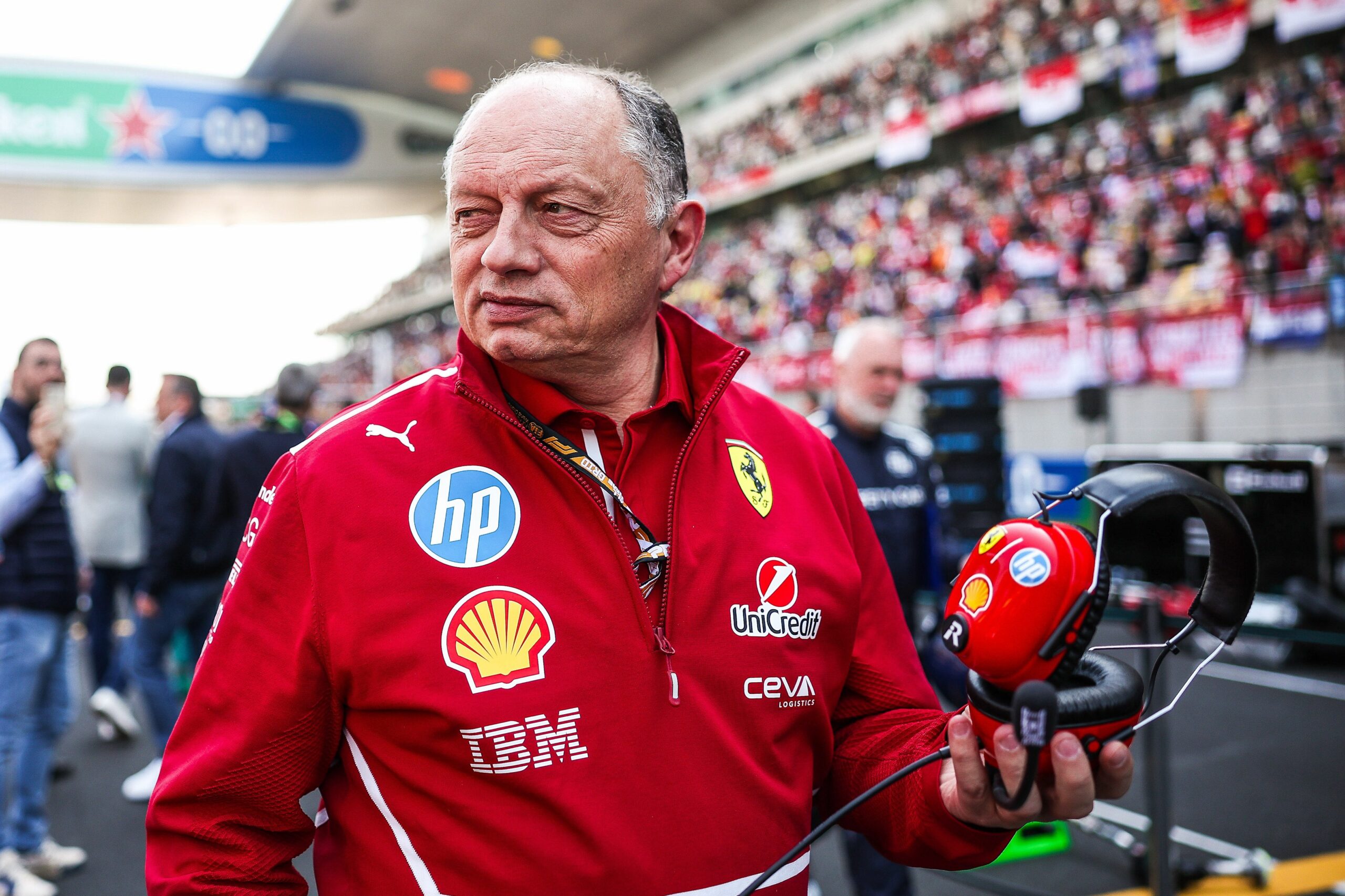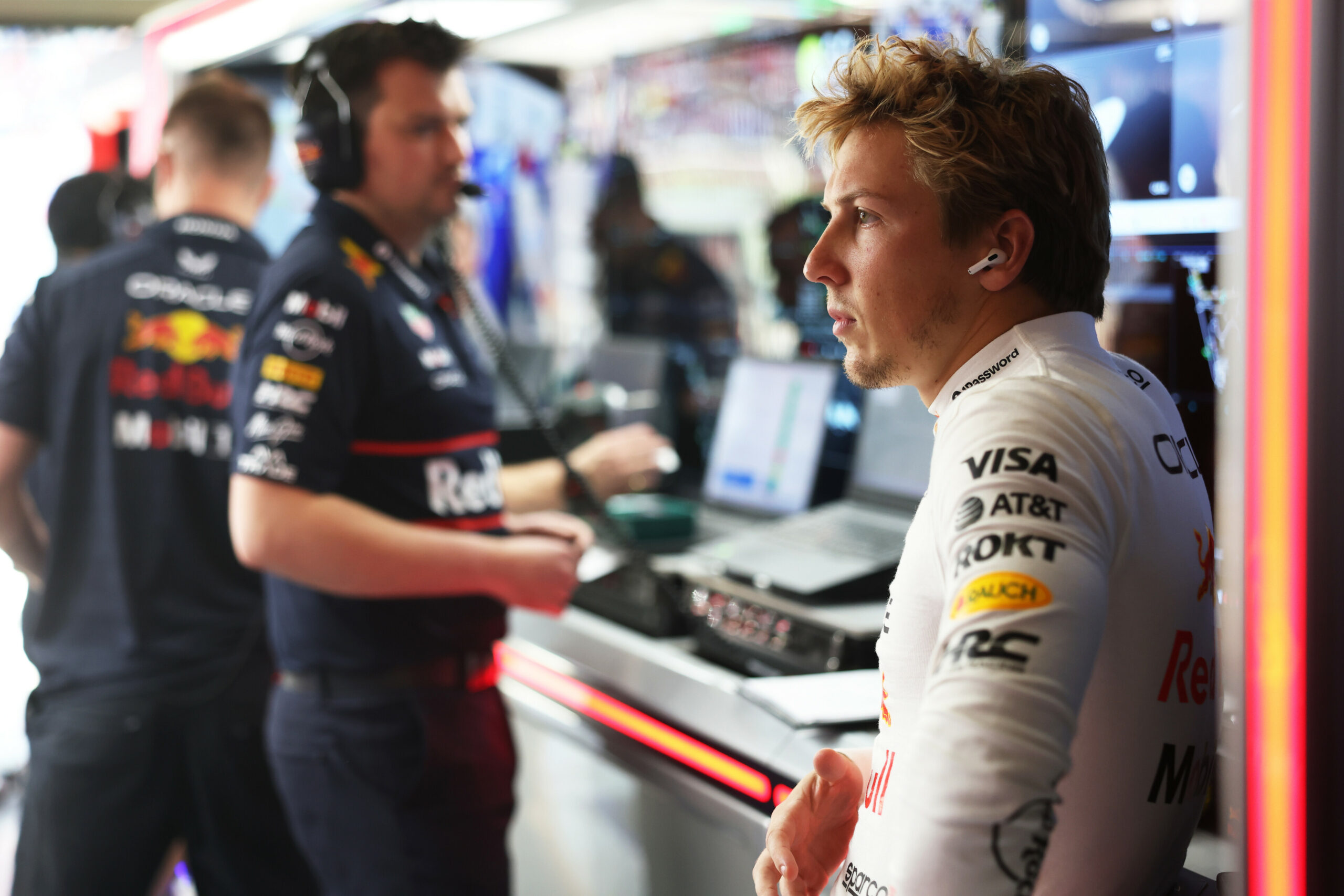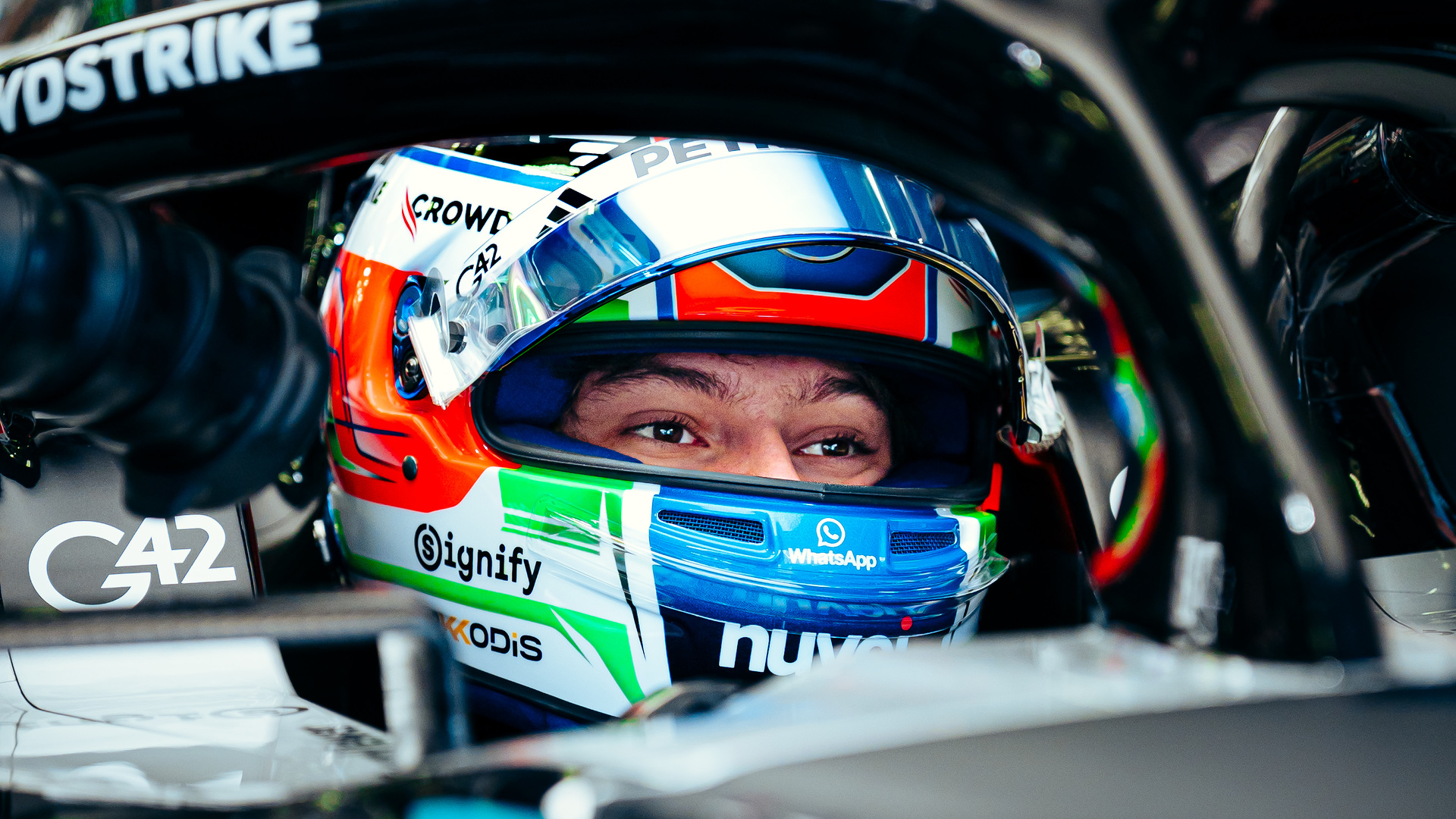Aston Martin suffered with its DRS on both cars during the running of the 2023 Azerbaijan GP, with the issues persisting until Saturday’s sprint race. Team Principal Mike Krack explained that the issue proved to be more of a “distraction” than a real performance problem for the squad.

Photo Credit: Aston Martin Aramco Cognizant F1 Team
The problem arose as running got underway for the first and only free practice session of the weekend, with both Fernando Alonso and Lance Stroll’s AMR23 suffering from an intermittent issue that prevented the DRS from consistently opening on the main straight.
Despite the team’s best efforts on Friday and heading into Saturday, the issue could still be seen affecting Lance Stroll on Saturday’s all-new ‘Sprint Shootout’, with the Canadian needing a tow from Alonso to get through to SQ3.
Speaking after Sunday’s race, Aston Martin team principal Mike Krack explained the issue was more of a “distraction” than a performance hinderance for the Silverstone squad, pointing out that their main time losses over the Baku lap were on the middle sector, which consists of the slow infield and castle section and no DRS zones:
“I think it was more a distraction than a genuine disadvantage,” he said about their DRS problems over the weekend. “The DRS was working on the back straight, [not on the main straight], so it was obviously a small penalty, but in both the sprint and in the race it worked.
“When we do the analysis, in qualifying we lost [time] mainly in sector two, which is not the DRS zone. Obviously it is a distraction, and a lot of the team is then focusing around that, and that is also the reason why you don’t want to have these issues in a Q1 session.
“But overall I think we managed to solve it. We would have liked to have solved it earlier or not have it in the first place, but at the end of the day it’s not such a drama.”
The 51-year-old explained the peculiarities of the Sprint weekend meant the car was in parc ferme at all times since FP1, limiting the possible measures to cure the issues, which required working closely with the FIA to ensure all work undertaken was within the rules:
“The car is in parc ferme so there’s not so much you can do. You try to clean the surfaces, you try to check the gaps and everything. Fortunately, we did everything with the FIA, and the FIA was very helpful on this.
“You would have seen that we changed one flap on Fernando’s car,” he revealed. “This was after a routine check. Basically if you pull the wing all the time and it is not moving, you’re putting stress on it, so for safety [reasons] we wanted to change it.”
Krack said the team wasn’t very confident of having their problems fixed on Saturday, given the different nature of the distance between a sprint race and a grand prix itself, but believes now that the issue is “fixed” ahead of the Miami GP this weekend:
“It’s a difference between working for one lap and then working for 51 or 17 [sprint laps] plus 51 [grand prix laps]. That is also why we were a bit careful in saying ‘we have fixed it’.
“I think [after the main race] we can say we have fixed it, but if you asked me before the sprint, I was not so confident.”
The Azerbaijan GP was the first one in 2023 that didn’t feature an Aston Martin on the podium, with Fernando Alonso coming home in fourth and team-mate Lance Stroll in seventh. But according to Krack, the team should be pleased that it was able to make progress in the race despite not having an optimal qualifying session – plagued by the earlier mentioned DRS issues:
“I think we still need to zoom out and look at where we come from and where we are,” he said. “Finishing with the top three teams, or say finishing fourth and seventh, starting from sixth and ninth, is a good achievement when you have no DNF’s from your main opponents, so I think that is quite good.
“And with the pace so similar between ourselves, Ferrari and Mercedes, you have to start in front of them if you want to beat them. I think that is the lesson learned from the first three [races] and this one [in Baku], because afterwards it gets really difficult to pass them.”
The Luxembourgish said the team opted for a lower downforce spec of rear wing in Baku to be quicker on the straights, but paid the price in sector two, suffering from a “balance problem” that meant their main losses were in the slow- and medium-speed corners, not on the straights and DRS zones:
“We had a bit of a balance problem in that sector,” he said referring to the middle sector of the Baku City Circuit. “You would have seen that we had quite a good top speed – and we elected for it after we were a bit always on the downwards side on the [top] speeds on the first three races.
“We decided to try and go a little bit faster on the straights, but obviously this doesn’t come for free. And we struggled a bit with the balance in sector two in both qualifying sessions. If you look at both results, you’ll see that there is the main gap to the competition.”
Aston Martin sits in second place the constructors’ championship heading into Miami, with 87 points – 11 more than Mercedes and 25 more than Ferrari, third and fourth placed teams respectively.





